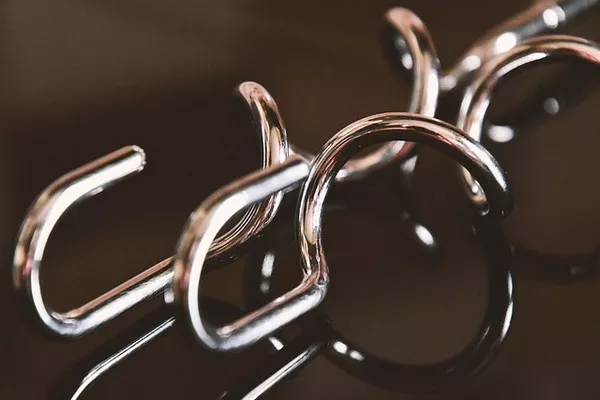Selling silver can be a nuanced decision, influenced by market conditions, the form of silver you possess, and your financial objectives. Understanding how much under the spot price you should sell silver requires a blend of market knowledge, strategic timing, and practical insights into the silver market’s dynamics.
Understanding Spot Price
The spot price of silver is the current market price at which an ounce of silver can be bought or sold for immediate delivery. It is determined by the global commodities markets and fluctuates constantly based on supply and demand, geopolitical events, economic data, and investor sentiment. Knowing the spot price is crucial for any silver transaction as it serves as a baseline for negotiations.
Factors Influencing Sale Price Under Spot
Form of Silver:
Bullion Coins and Bars: These typically fetch prices closer to the spot price. Premiums (the amount over spot price) can sometimes be applied due to their recognized value, purity, and demand. However, selling to dealers may result in offers slightly below spot due to dealer margins.
Junk Silver: These are pre-1965 U.S. coins that contain 90% silver. They often sell at prices below spot due to their bulk nature and lower perceived value.
Silver Jewelry and Scrap: These items usually sell well below spot price because they need to be melted down and refined, incurring additional costs for the buyer.
Market Conditions:
Bull Markets: In a rising market, sellers might get offers closer to or even above spot due to high demand.
Bear Markets: In a declining market, expect offers significantly below spot as buyers anticipate further drops and account for increased risk.
Dealer Margins:
Dealers need to make a profit to cover their operational costs. They typically offer to buy silver at a discount to the spot price, often ranging from 2% to 10% below spot, depending on the silver’s form and the dealer’s policies.
Volume of Sale:
Selling large quantities might result in a lower percentage below spot due to bulk purchasing advantages for the buyer. Conversely, small quantities might attract higher discounts below spot.
Location and Market Access:
Your geographic location and access to competitive markets can affect the sale price. In areas with limited buyers, expect lower offers. Conversely, in highly competitive markets, you might get better deals closer to spot.
Practical Steps to Determine the Right Sale Price
Research the Spot Price: Always check the current spot price before initiating a sale. Websites like Kitco, COMEX, and various financial news platforms provide up-to-date spot prices.
Assess the Silver Form: Identify whether your silver is bullion, junk silver, jewelry, or scrap. This will heavily influence how much under spot you should sell it for.
Get Multiple Quotes: Contact multiple dealers, pawnshops, and online silver buyers to get a range of offers. This gives you a better understanding of the market range and helps in negotiating a fair price.
Understand Dealer Fees: Some dealers charge fees for assays or melting, especially for jewelry and scrap. These fees can further reduce your net sale price.
Market Conditions: Stay informed about market trends. Selling during times of high demand can result in better prices.
Typical Discounts Below Spot
Bullion Coins and Bars: Dealers often buy bullion coins and bars at about 1% to 5% below spot price. For example, if the spot price is $25 per ounce, expect offers between $23.75 and $24.75.
Junk Silver: These might sell for 5% to 15% below spot, depending on the quantity and current market demand.
Silver Jewelry and Scrap: Offers can range from 10% to 30% below spot due to refining costs and purity uncertainties.
Example Scenarios
Selling Bullion Coins: Suppose you have 100 ounces of silver bullion coins, and the spot price is $25 per ounce. Contacting several dealers, you get offers ranging from $23.50 to $24.50 per ounce. Opting for the highest offer, you sell at $24.50 per ounce, realizing a discount of 2%.
Selling Junk Silver: With 500 ounces of junk silver, at a spot price of $25 per ounce, offers might range from $21.25 to $23.75 per ounce. Selecting the best offer at $23.75 per ounce, you sell at a discount of 5%.
Online vs. Local Dealers
Online Dealers: Often offer competitive rates and the convenience of shipping, but may include shipping and insurance fees. It’s essential to factor these into your net sale price.
Local Dealers: Provide immediate cash and avoid shipping costs but may offer slightly lower prices compared to online dealers due to local market conditions.
Tips for Maximizing Sale Value
Clean and Present Your Silver: Especially for coins and bars, presenting them in good condition can fetch better offers.
Sell During Peak Demand: Timing your sale when silver demand is high can reduce the discount below spot.
Avoid Middlemen: Selling directly to refiners or large-scale buyers can sometimes yield better prices as it cuts out intermediary costs.
Consider Partial Sales: If the market is uncertain, selling a portion of your silver can mitigate risks and take advantage of potential future price increases.
See Also The Best Types of Silver to Invest In
Conclusion
Determining how much under spot you should sell silver involves considering the form of your silver, current market conditions, dealer margins, and the volume of your sale. By staying informed about the spot price, obtaining multiple quotes, and understanding the typical discounts for different forms of silver, you can make a more informed decision and maximize your returns. Whether you choose to sell to online dealers, local pawnshops, or through private sales, a strategic approach can help ensure you get the best possible price for your silver.


